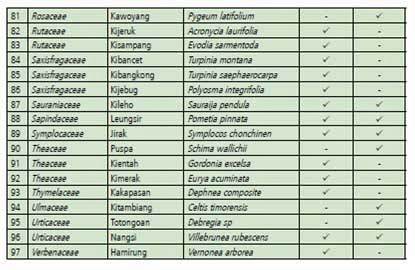Also called the lesser apes, gibbons differ from great apes (chimpanzees, gorillas, orangutans, bonobos and humans) in being smaller, exhibiting low sexual dimorphism, in not making nests, and in certain anatomical details in which they superficially more closely resemble monkeys than great apes do. But like all apes, gibbons evolved to become tailless. Gibbons also display pair-bonding, unlike most of the great apes.
Gibbons are masters of their primary mode of locomotion, brachiation, swinging from branch to branch for distances of up to 15 m (50 ft), at speeds as high as 55 km/h (34 mph). They can also make leaps of up to 8 m (26 ft), and walk bipedally with their arms raised for balance. They are the fastest and most agile of all tree-dwelling, non-flying mammals.
Depending on species and gender, gibbons' fur coloration varies from dark to light brown shades, and anywhere between black and white. It is rare to see a completely white gibbon.
Gibbon species include the siamang, the white-handed or lar gibbon, and the hoolock gibbons.
In the wild, gibbons eat manythings like : Flawers, fruits, young leafs, bark, insects, bird eggs, etc. Now we would share about what kinds of trees they use for their foods included what kinds of parts.


